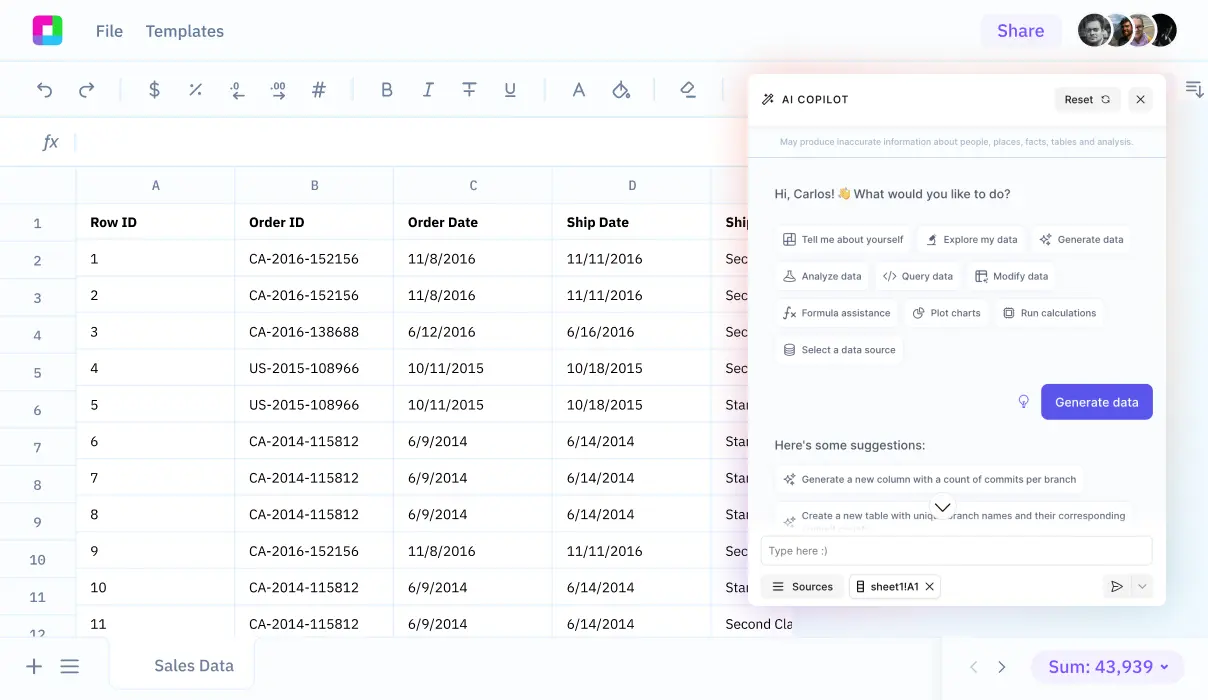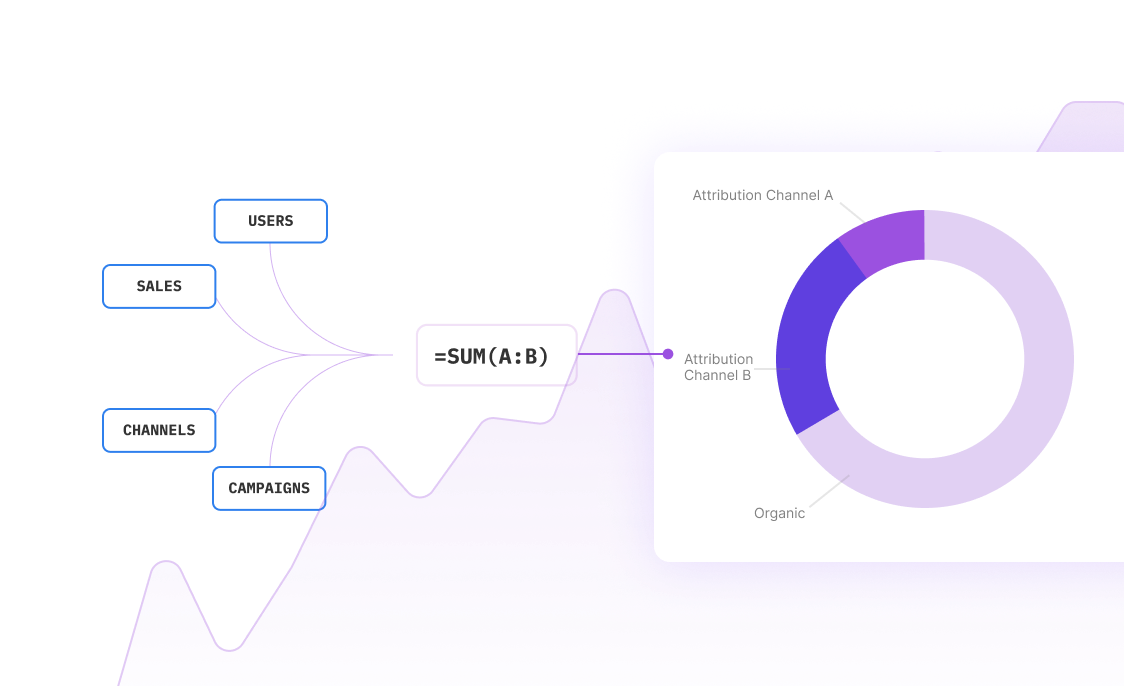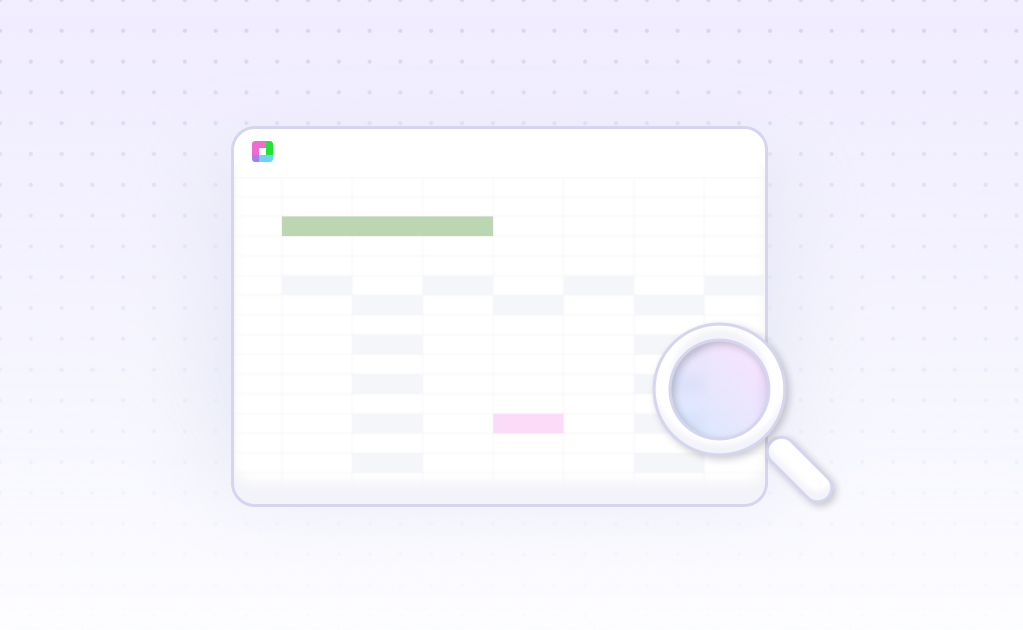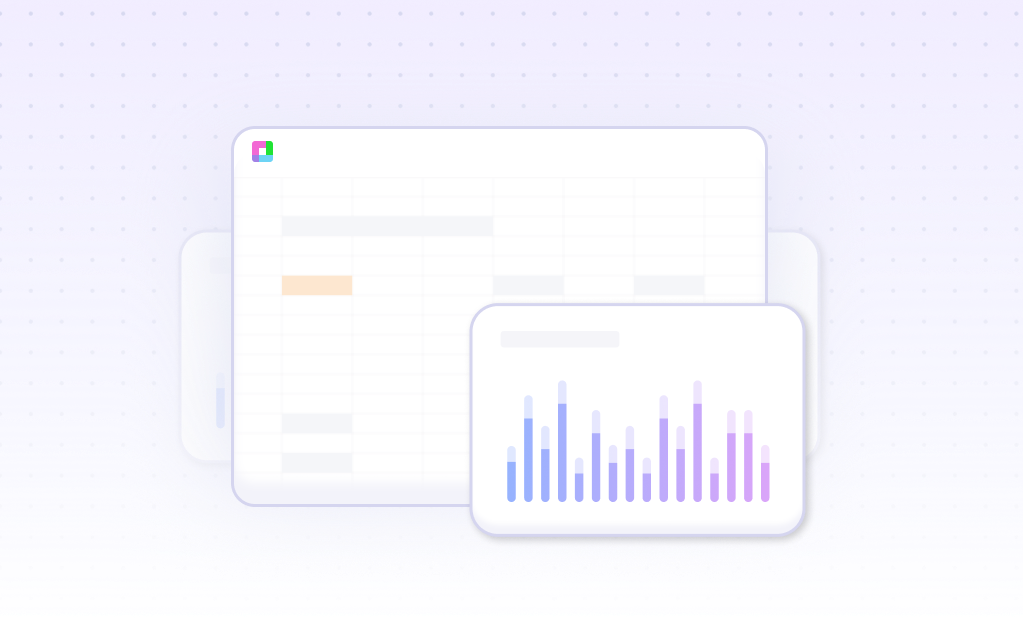
Introduction
Risk ratios analysis, including relative risk and odds ratios calculations, traditionally requires Excel expertise and complex formulas. Excel enables users to calculate these ratios and their confidence intervals through manual data entry and formula construction. However, Sourcetable, an AI-powered spreadsheet platform, offers a modern alternative that combines spreadsheet functionality with natural language processing.
Sourcetable's AI assistant simplifies risk analysis by automating data collection, processing vast datasets, and responding to plain-language commands. This AI-driven approach eliminates the need for advanced Excel skills while maintaining analytical precision. The platform's integration capabilities with over 100 data sources and support for Python and SQL enhance its analytical power. Learn how to streamline your risk ratios analysis with Sourcetable's AI features at sourcetable.com/signup.
Sourcetable: The Superior Platform for Risk Ratios Analysis
Traditional Excel-based risk ratio analysis requires manual structuring of source data tables and creation of separate summary tables. Sourcetable revolutionizes this process by combining Excel's functionality with AI-powered natural language processing, streamlining financial ratio monitoring and analysis.
Comprehensive Financial Insights
Sourcetable's AI capabilities automate the analysis of critical financial metrics including bill payment ability, working capital access, inventory management, debt exposure, profitability, asset utilization, and cash flow. This comprehensive view provides essential reality checks for sustaining business financing.
Excel vs. Sourcetable
While Excel relies on pivot tables and manual data structuring, Sourcetable enables natural language queries to instantly generate financial ratio analyses. Its AI-driven platform automatically processes risk data, creates visualizations, and generates detailed reports, eliminating the need for complex table formatting and formula creation.
Automated Risk Assessment
Sourcetable's AI automation handles evidence analysis and risk data interpretation, delivering faster and more accurate financial ratio insights than traditional Excel workflows. This automation enables better decision-making and more efficient competitor analysis while maintaining rigorous risk management standards.
Benefits of Risk Ratio Analysis Using AI-Powered Spreadsheets
Risk-benefit ratio analysis provides a quantitative framework to evaluate actions by measuring their risks against potential benefits. This analytical approach determines when an action's benefits outweigh its associated risks.
AI-Powered Data Analysis
Modern AI spreadsheet tools like Rows enhance data analysis through automated features. Rows employs artificial intelligence for data extraction, classification, summarization, and cleanup. The platform combines AI-powered formulas with analytical capabilities to streamline complex calculations.
Risk Ratio Analysis with Sourcetable: A Modern Excel Alternative
Sourcetable offers powerful risk ratio analysis capabilities through its Excel-like interface and advanced database connectivity. Users can calculate crucial epidemiological measures including odds ratios (AD)/(BC) and relative risk [A/(A+B)]/[C/(C+D)] using familiar A1 notation and cell-based referencing.
Data Processing Capabilities
Sourcetable handles multi-gigabit files and billion-row datasets with sub-second query times. The platform syncs with Postgres, MySQL, and MongoDB databases, plus over 100 business applications, enabling comprehensive risk analysis across large datasets.
Advanced Analysis Features
With over 500 built-in formulas, Sourcetable performs complex risk calculations including vector queries on 3D and 4D data types and transformations across different spaces. The platform's natural language processing generates SQL automatically, making advanced risk analysis accessible without SQL expertise.
Enterprise Risk Management
Sourcetable employs Amazon's key management service and is developing enterprise-grade data permissioning and compliance certificates including Soc2, ensuring secure risk analysis for regulated industries.
Risk Ratio Analysis Use Cases with Sourcetable
Prison Health Management |
Calculate infection risk ratios between prison wings to identify high-risk areas. AI analysis of unstructured health data enables rapid detection of disease spread patterns. Formula: |
Vaccine Effectiveness Studies |
Analyze vaccination outcomes across populations using AI-processed medical records. Machine learning improves data accuracy while reducing human intervention in calculations. Formula: |
Financial Risk Assessment |
Process large volumes of customer data to determine credit risk ratios. AI-driven analysis reduces operational costs while improving credit decision accuracy. Formula: |
Regulatory Compliance Monitoring |
Track compliance risk ratios across business units using AI-analyzed operational data. Machine learning reduces compliance costs through automated risk detection. Formula: |
Frequently Asked Questions
What is risk ratio analysis?
Risk ratio analysis is a method of evaluating financial health by analyzing key ratios like current ratio, debt to equity ratio, and cash flow ratios to track company performance, compare against industry peers, and identify potential problems.
What are the main benefits of performing risk ratio analysis?
Risk ratio analysis helps track company performance over time, compare against other businesses in the same industry, estimate future performance, provide comprehensive financial views from multiple angles, and identify potential red flags early.
What are some key risk ratios to monitor?
Important risk ratios include the current ratio (should be >2 for healthy companies), operating cash flow to sales ratio, debt to equity ratio, and cash flow to debt ratio. The current ratio divides current assets by current liabilities, while the debt to equity and cash flow ratios help assess a company's ability to meet financial obligations.
Conclusion
Excel enables risk ratio analysis through manual calculations of relative risk [A/(A+B)] / [C/(C+D)] and odds ratios (AD) / (BC), complete with confidence intervals. However, Sourcetable offers an AI-powered alternative that automates these calculations. Its AI-driven formulas and insights streamline the entire process, from data cleaning to advanced statistical analysis.
Sourcetable's integration with SQL and Python provides robust analytical capabilities while maintaining the familiar spreadsheet interface. The platform's automated formula generation, including complex calculations like VLOOKUP, makes risk ratio analysis accessible to users regardless of their Excel expertise. Start automating your risk ratio calculations today at sourcetable.com/signup.
Recommended Analysis Guides
Connect your most-used data sources and tools to Sourcetable for seamless analysis.
Frequently Asked Questions
If you question is not covered here, you can contact our team.
Contact Us





